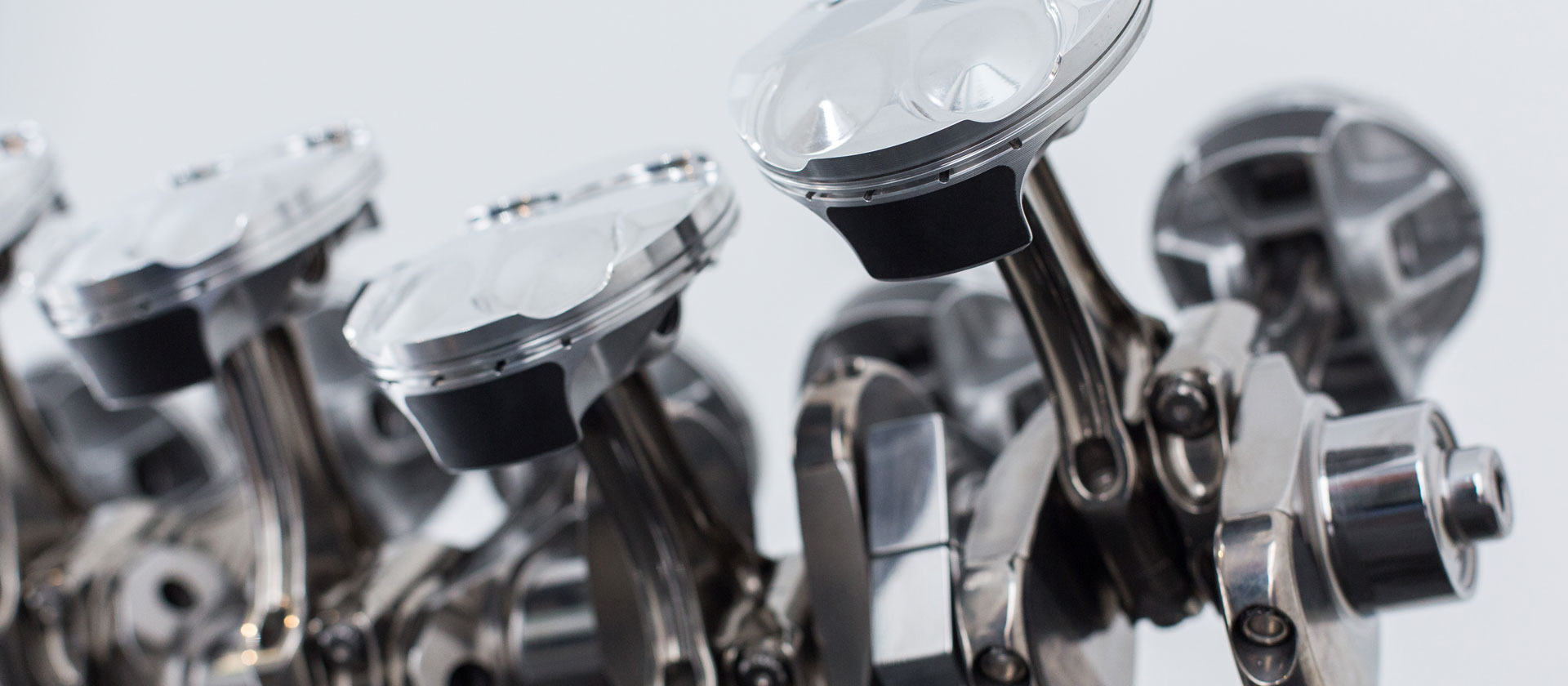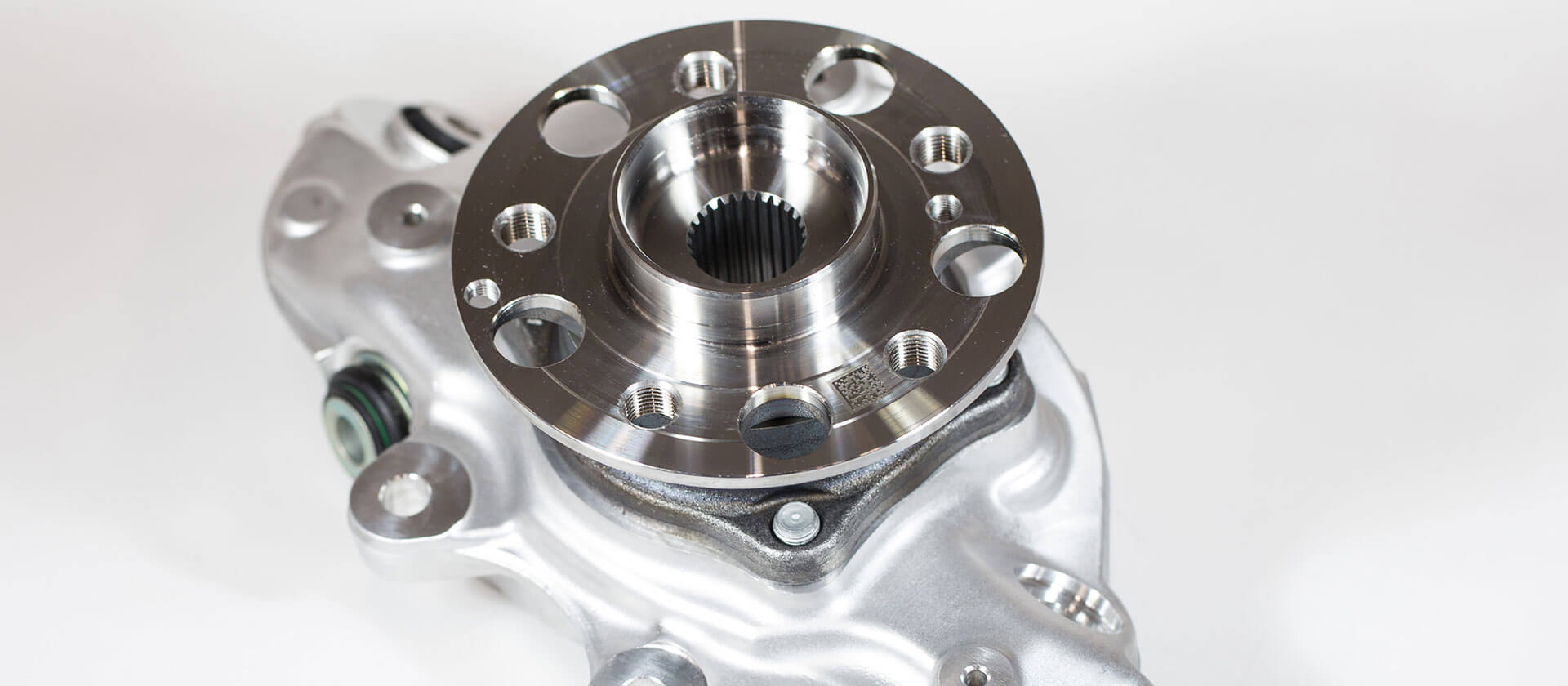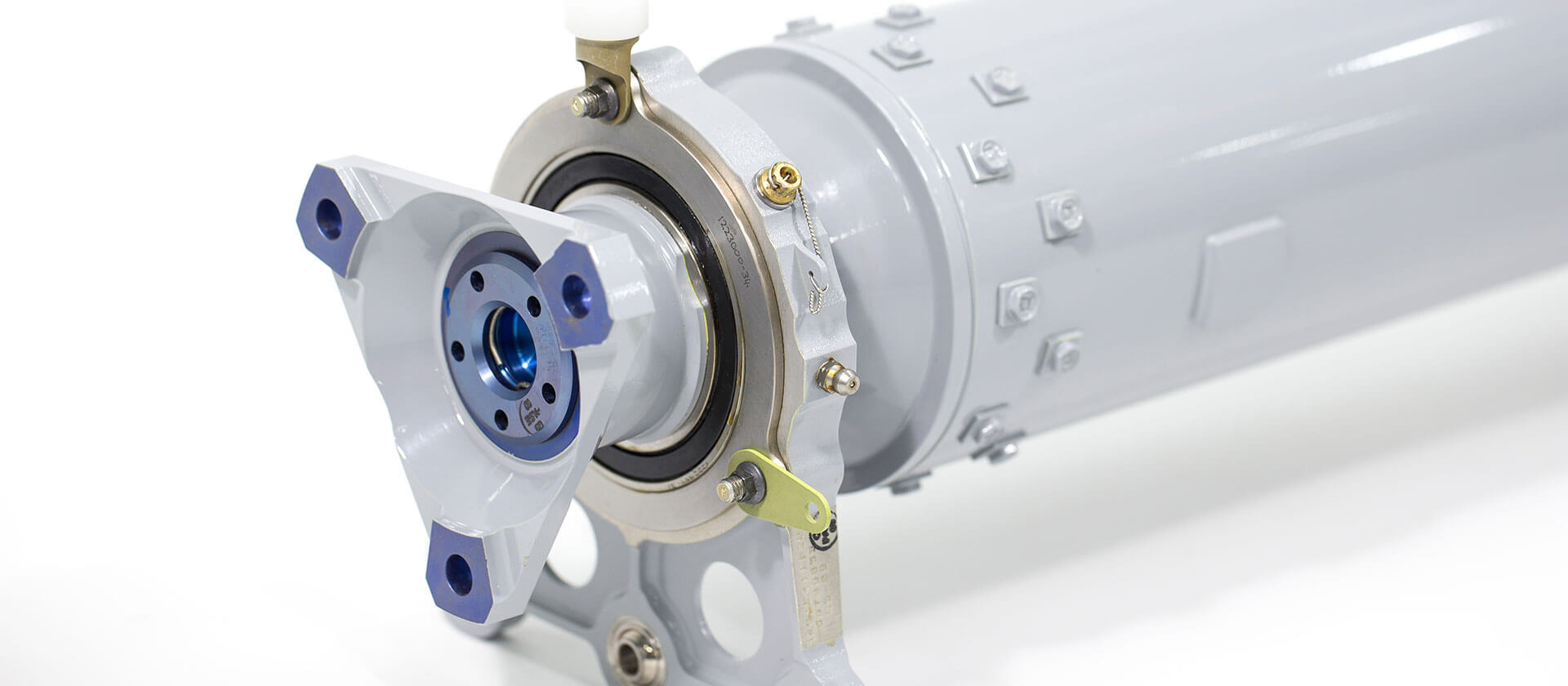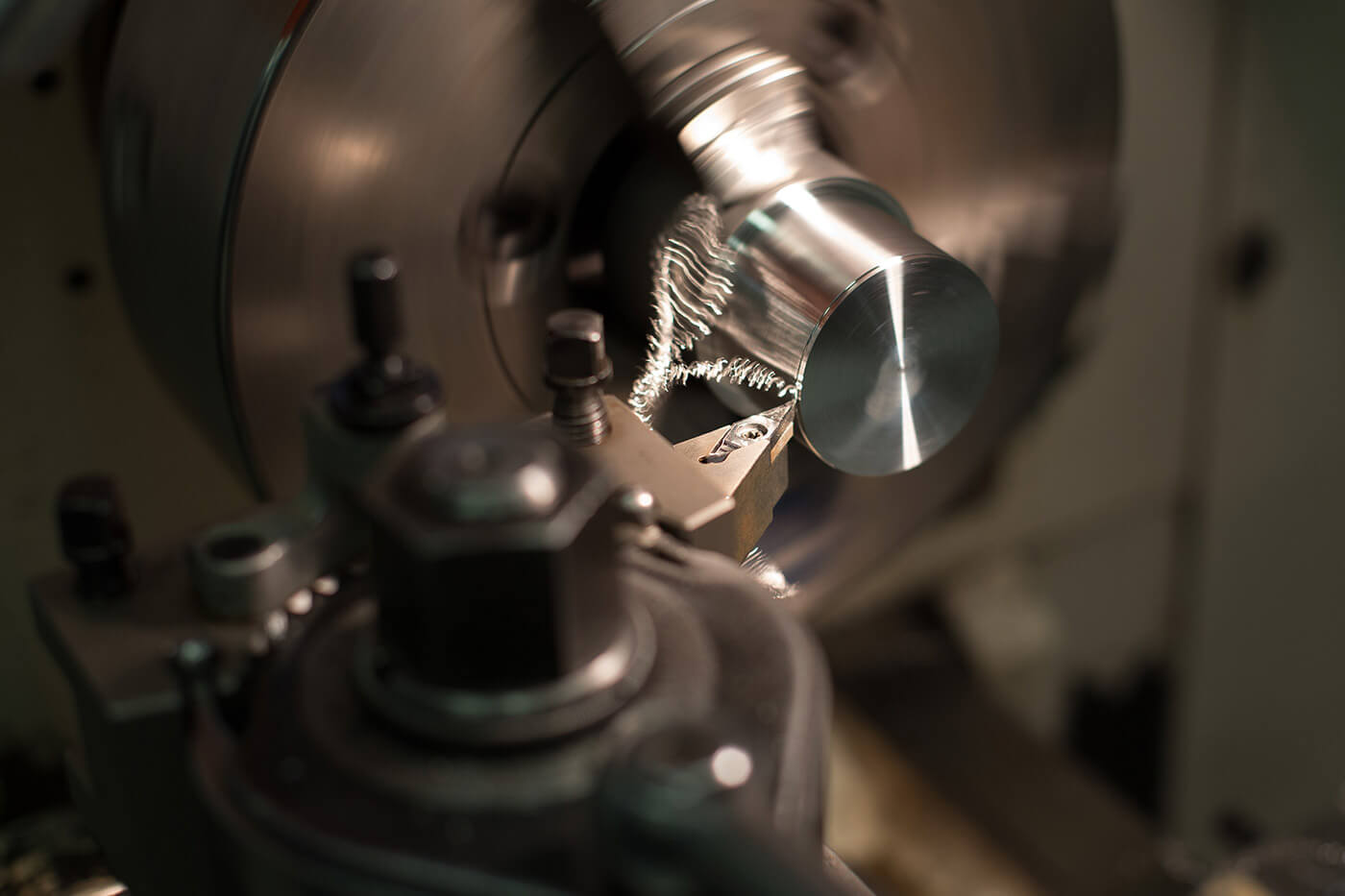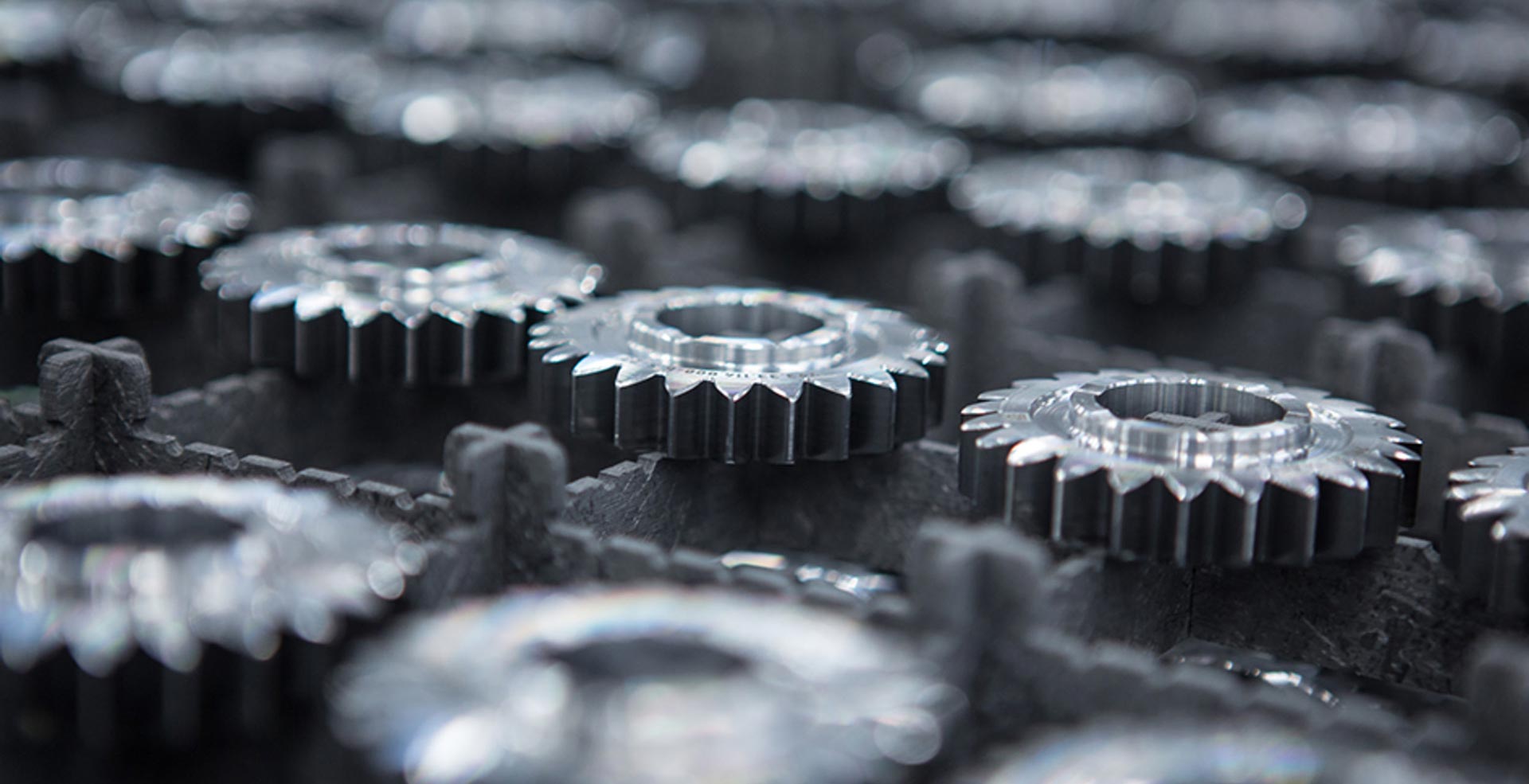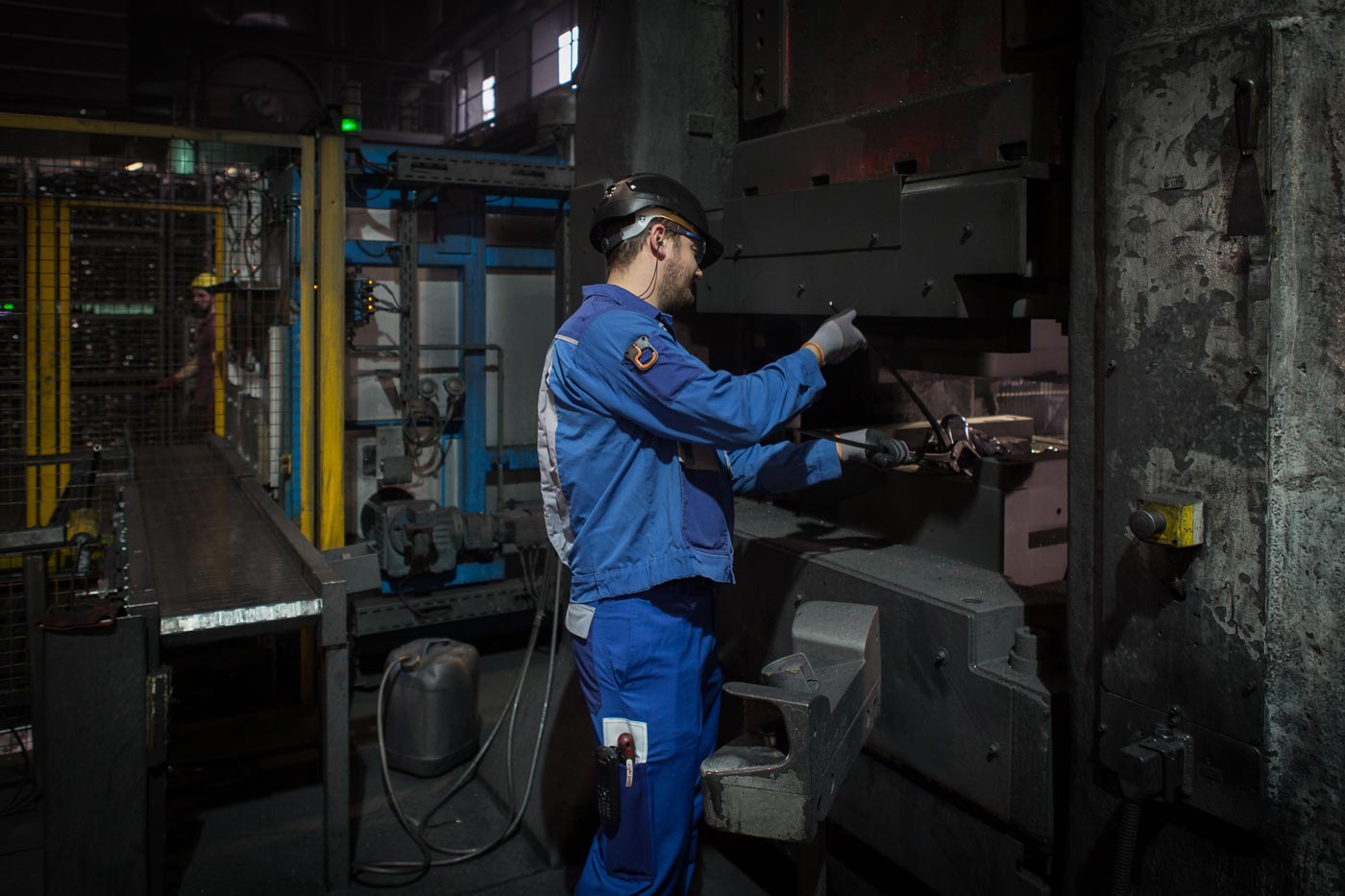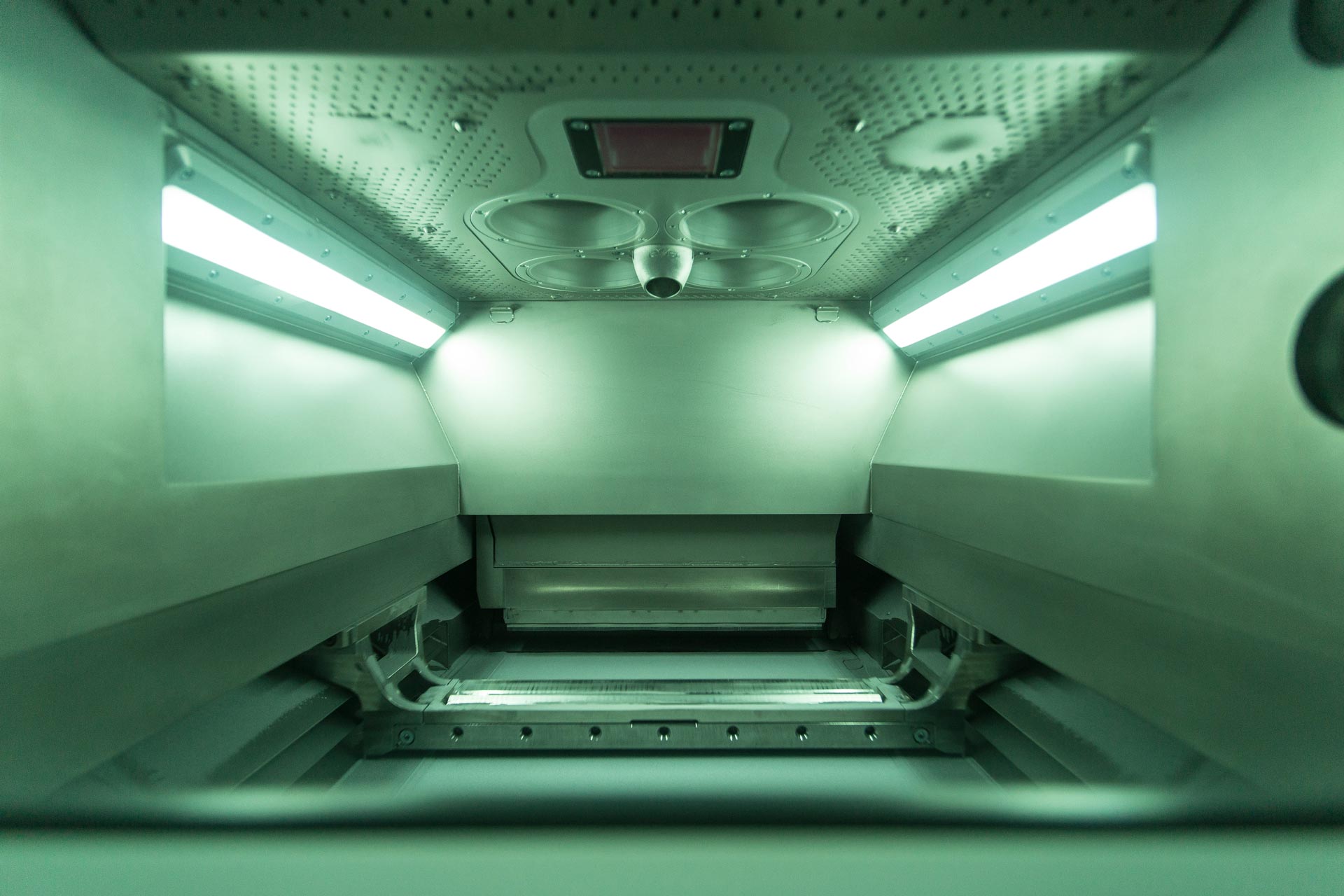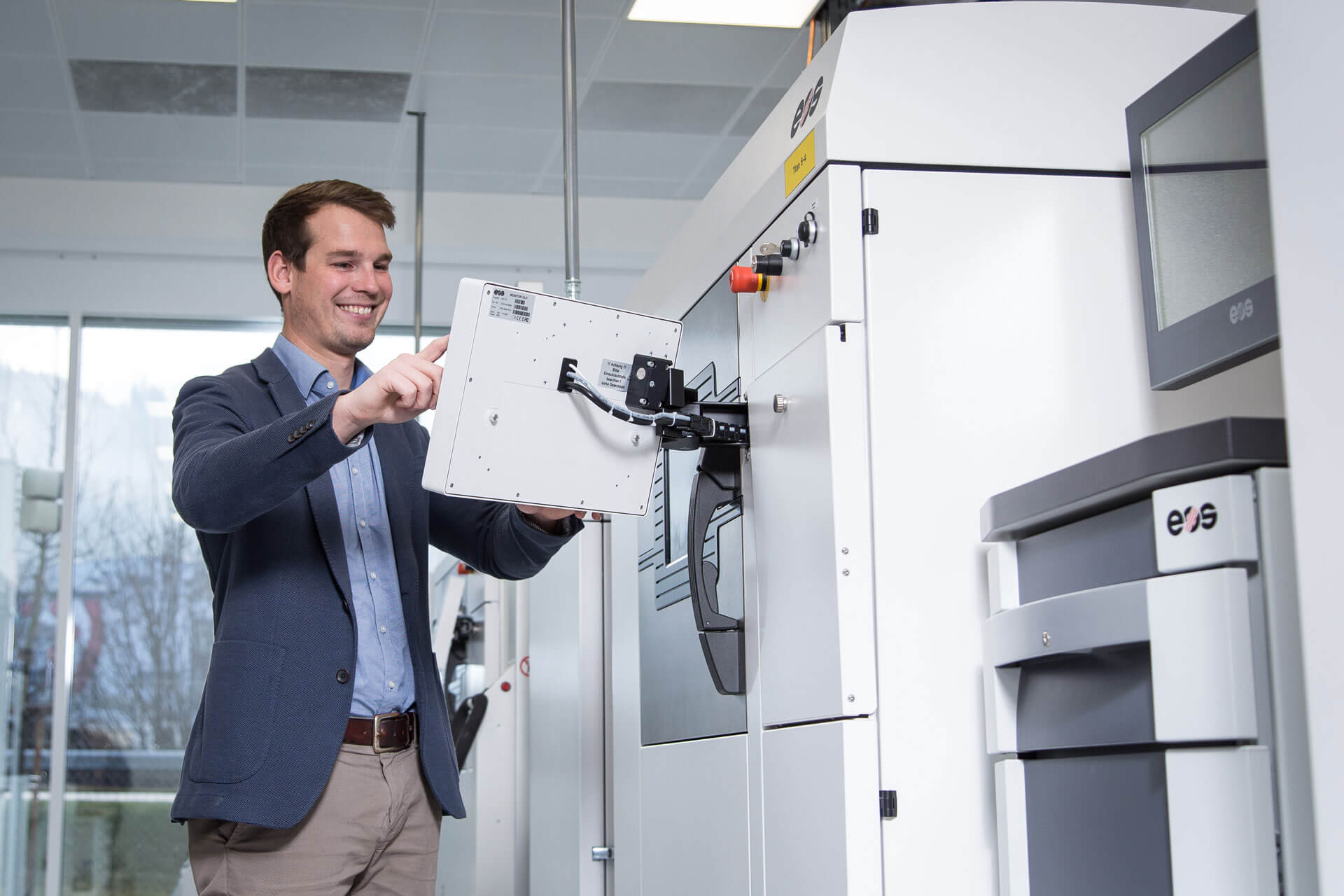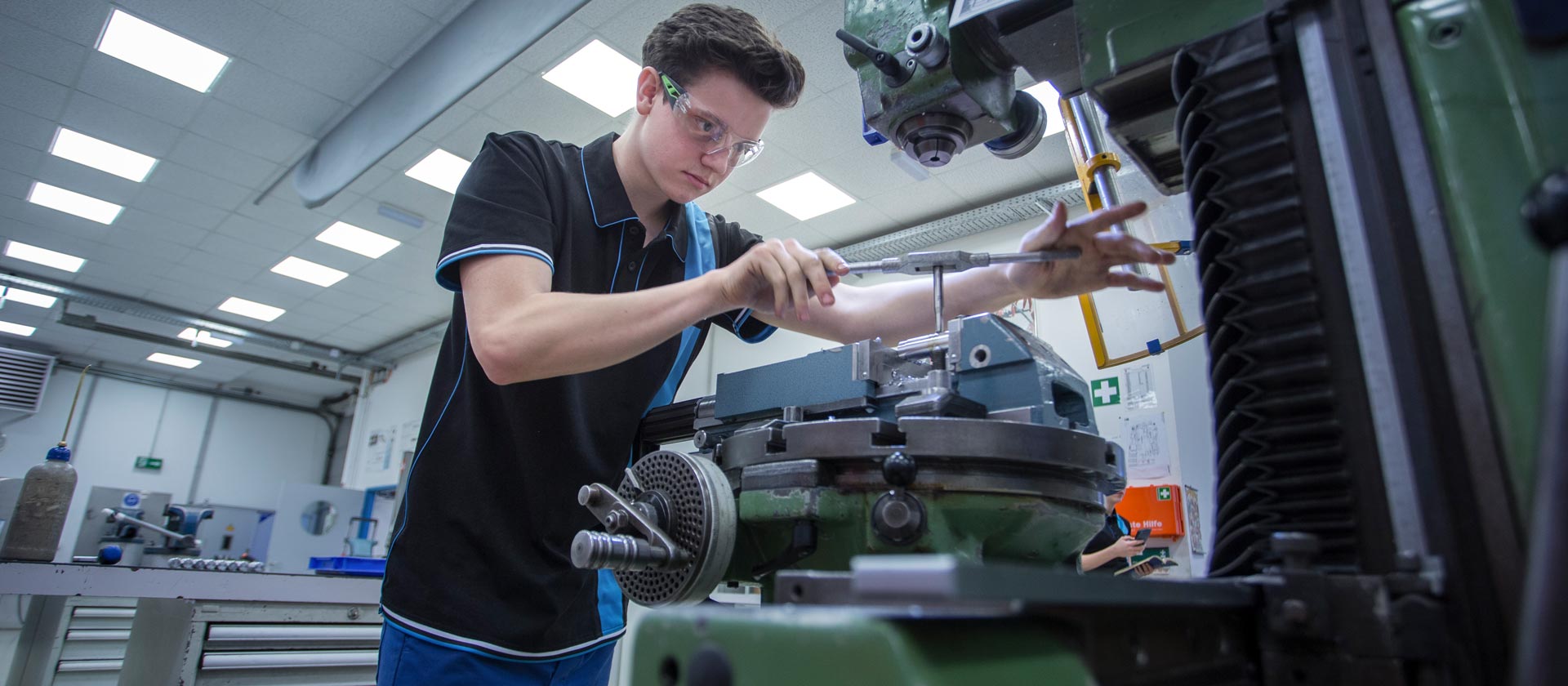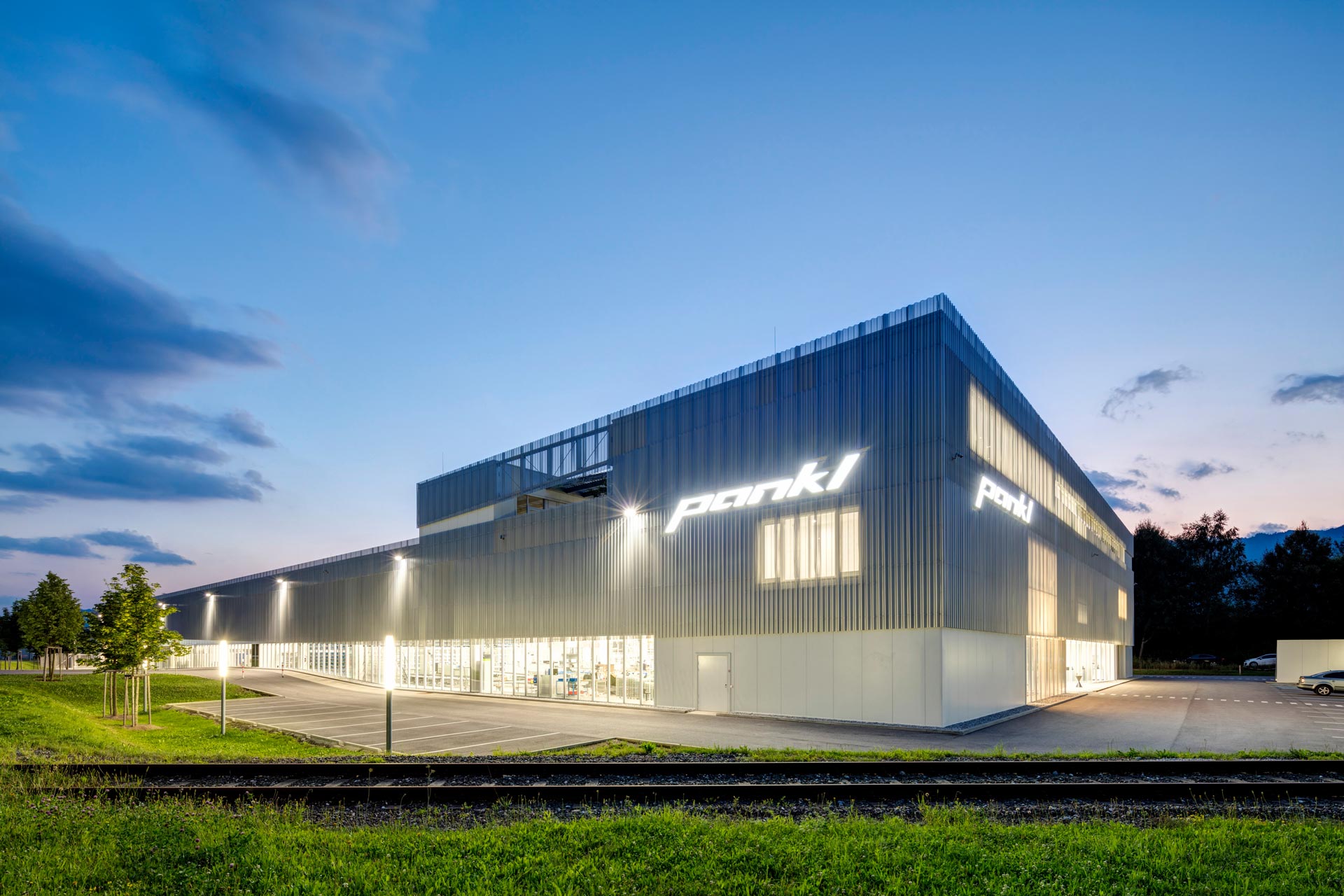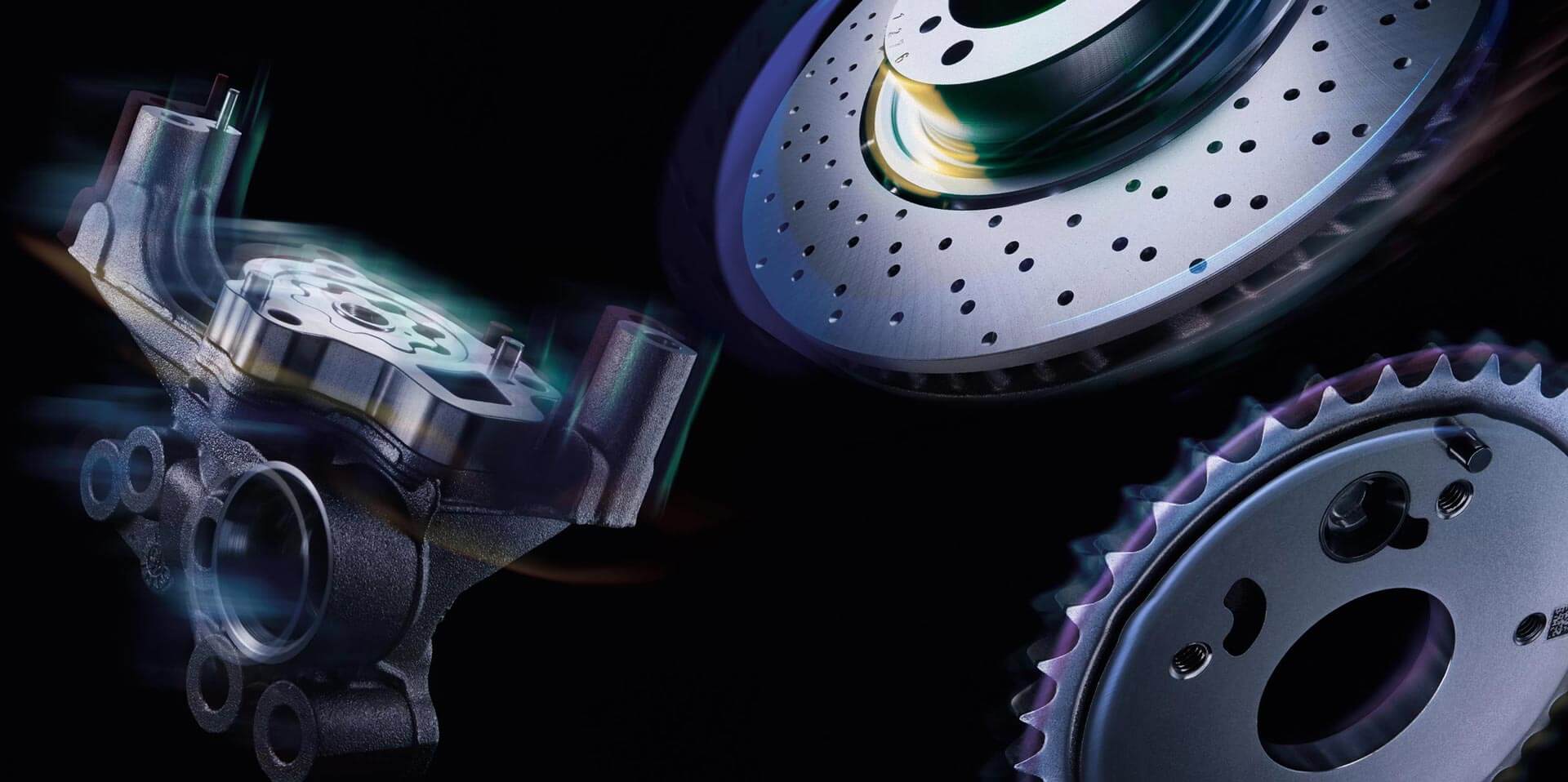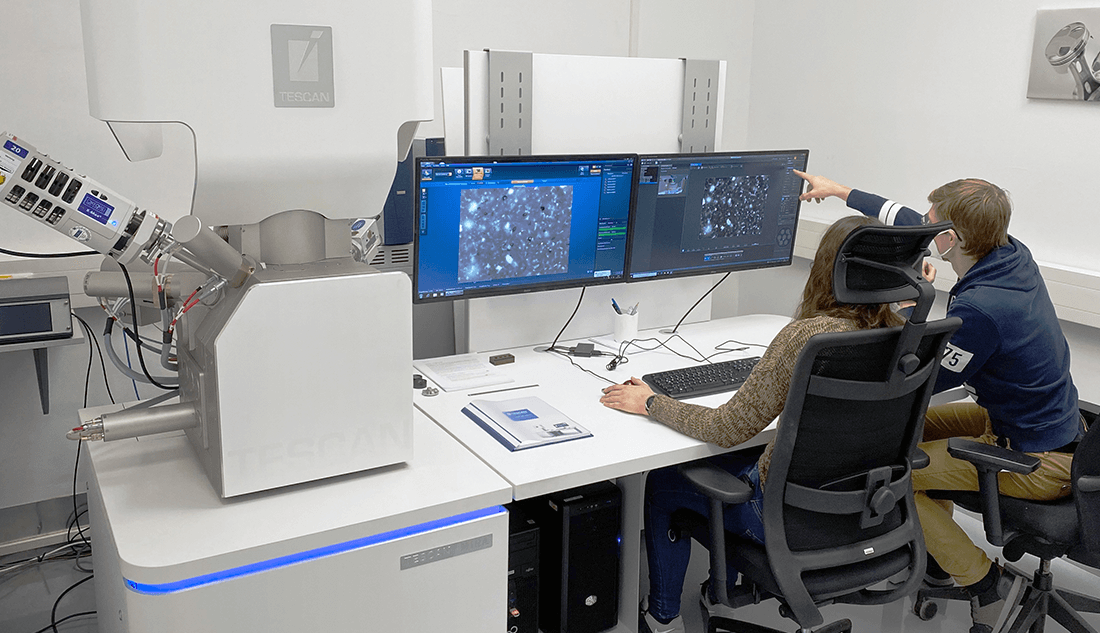Predicting the behavior of materials in actual application is fundamentally depending on knowledge gained in preceding investigations and development cycles in the field of material science. Dedicated research projects are driven forward within the entire Pankl Group, focusing on the enhancement of material characteristics by alloying concepts, specifically adjusted heat treatment cycles, or system-tailored surface refinements. The proximity to technical universities and research facilities additionally enables a close cooperation in this context, and thus contributes to Pankl’s self-imposed aspiration for technologically advanced high-performance automotive and aerospace components. However, application-oriented materials research—comprising also materials characterization and failure analysis—is a complex subject, which relies not only on highly qualified and experienced materials specialists but also on the allocated technical equipment.
New Scanning Electron Microscope for Materials Science at Pankl Engine Systems
With January 2022, Pankl Engine Systems has replaced its former tungsten-filament scanning electron microscope (SEM) by a novel field emission gun (FEG) SEM.
The new TESCAN MIRA 4 device is equipped with secondary electron (SE) and in-beam SE detectors, a 4-quadrant backscattered electron (BSE) and an in-beam BSE detector, a plasma cleaner as well as an energy-dispersive X-ray (EDS) detector for chemical analyses and element mappings. The advantages of a field emission electron source over a conventional tungsten-filament comprise a higher brightness, a more stable electron emission over time, and a significantly increased resolution. Detailed SEM analysis of, e.g., pistons and connecting rods that were used in Formula 1, MotoGP, NASCAR, or other high-performance engines is a key factor for success. It not only allows to assess the condition of the components’ functional surfaces but provides a solid basis for progressive improvement and development. The enhanced capabilities in combination with an optimized workflow guarantee for a more in-depth understanding of materials and related manufacturing processes. This vital investment thus represents a significant advance/benefit not only for Pankl Engine Systems but the entire R&D of the Pankl Group and corroborates its strategic direction towards state-of-the-art technologies.
  |   |   |
  |   |
(b) Characterization of microstructural modifications and precipitation characteristics of a piston Al-alloy after heat treatment.
(c) Cross-section of a DLC coating system applied on piston pins acquired with in-beam SE and in-beam BSE detectors demonstrating the investigation capabilities at nano length scales.
(d) Etched microstructure of a connecting rod demonstrating the capabilities of various modes of the 4-quadrant BSE detector.
(e) Overview acquisition of a bolt used for titanium connecting rods.


